Sugar palm (Borassus flabellifer) is a type of palm tree commonly seen in Nepal, India, Bangladesh, Sri Lanka, Cambodia, Thailand, Vietnam, Indonesia, the Philippines, China and other countries with a similar climate. The tree is also known as Asian palmyra palm and toddy palm.
The sugar palm tree is tough, capable of living more than 100 years, growing up to 98 ft (30 m) tall. The leaves of the palm are green, sharp, radially facing outward. Because of the way they are arranged, they form an almost round crown. The petioles are serrated. Initially the young plants develop relatively slowly but then grow hastily.
The sugar palm is highly prized in India for the juice extracted from it. It is said that it is so delicious, aromatic and alluring that there is no other drink in the entire country able to compete with it. According to the locals the liquid is extremely heady and it is as if it mesmerizes anyone who drinks it.
The fruits of the sugar palm are oval, reaching a diameter of up to 8″ (20 cm). Their weight usually comes out to about 4.5 lb (2 kg). When they ripen they gain an eggplant-like color but with some yellow spots remaining. To eat it, cut the fruit at its top and remove the top layer with a knife. Sometimes this turns out not to be such an easy task but the locals are used to it and do it quickly.
Once the top layer is removed, whitish seeds with a jellylike structure are found on the inside and the aroma that wafts from them is associated with the scent of melon, pineapple and quince. If the fruit is well ripened its outer layer can be eaten too. Residents of Bengal widely use these fruits for cooking, using them in various cakes.
Composition of Sugar Palm
Sugar palm fruits are highly nutritious. They are a source of minerals, including potassium, iron, zinc, calcium and phosphorus. As well, the delicious fruits contain the vitamins A, group B vitamins, vitamin C and others.
Cooking Sugar Palm
The fresh seeds of sugar palm are also used as food. Their texture is similar to jelly and they are very tasty. They can be eaten raw or roasted or boiled. Eating a puree made from them during the hot months provides a cooling and energizing effect.

The seeds of the fruit are considered a delicacy in India and many other Asian countries. During the summer and they are sold at local markets but only briefly. From them they make juices, nectars, shakes and other beverages. They are also used to make nutritious porridges, jellies, sweets. They are added to fruit salads, creams and ice creams, mixed with other exotic fruits such as papaya, mango and pineapple. If well ripened the outer layer can also be eaten boiled or roasted.
Additionally, juice is extracted from the palm shoots. They are cut and the liquid drips into special hanging containers. Juice collected in the early hours of the day is refreshing, sweet and light. They call it Thati Kallu. If collected at nighttime, it is called Tadi. This liquid is significantly more sour than Thati Kallu. Fermented Tadi juice is consumed by some residents of the state of Maharashta as an alcoholic beverage.
The young inflorescences of the tree can produce a drink called toddy. Toddy subjected to fermentation yields a drink called Arak. Raw sugar can also be obtained from the drink, called jaggery or Taal Patali among the Bengali. In Indonesia the name used is Javanese sugar - this sugar is widely using in cooking on the island of Java.
Benefits of Sugar Palm
The different parts of the sugar palm are used in different ways. For example, the leaves of the plant can be woven into baskets, mats, roofing, umbrellas, even hats and writing materials. In Indonesia, the leaves of the palms have been used for writing by representatives of ancient cultures. This type of "paper" was called lontar.
Parts of the tree were used to make fences and produce fibers, which in turn were used for making cords and brushes. This tough and reliable wood is highly prized in construction. In places they even build sea vessels from it.
Since sugar palm fruits are so nutritious, if they were ever to be grown in farms this may help solve the world's malnutrition problem. Thus the importance of Borassus flabellifer should not be underestimated.
Still, the health benefits of this plant have not been well studied. What is known for now is that due to their abundant composition, consumption of sugar palm fruits strengthens the immune system. They are recommended for people who tire quickly and have bad body tone. It has also been proven that porridge made from the fruits can effectively be used to treat dermatitis and other skin problems.
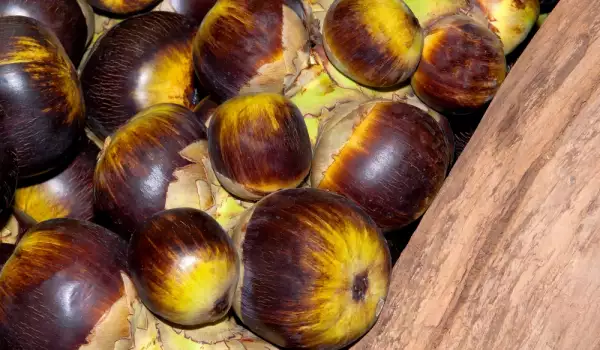
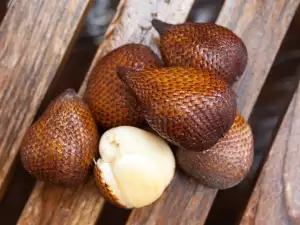
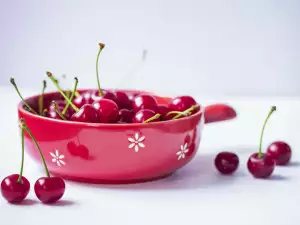

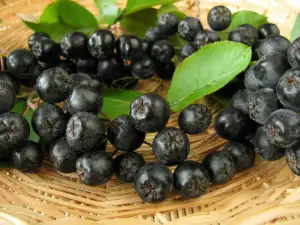
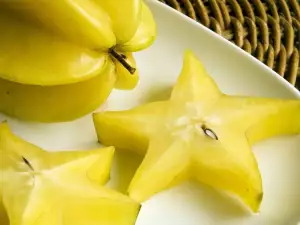
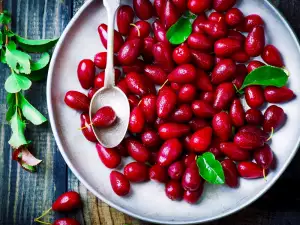
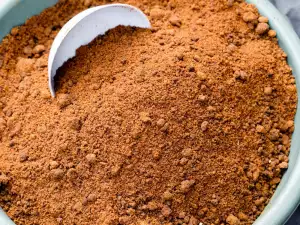
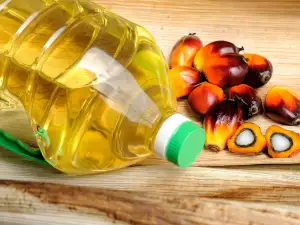
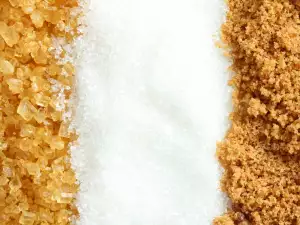
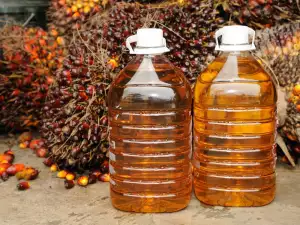
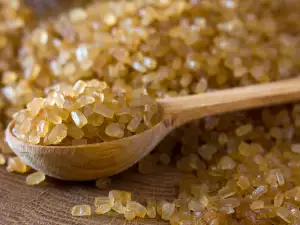
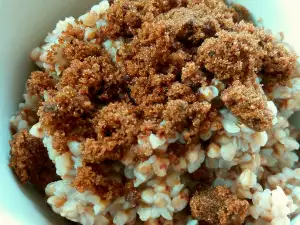
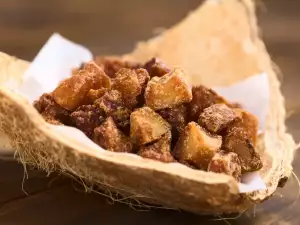
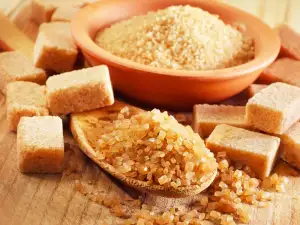
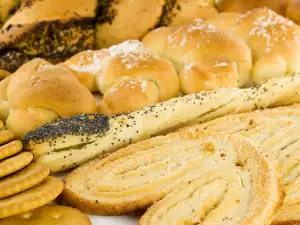




Comments